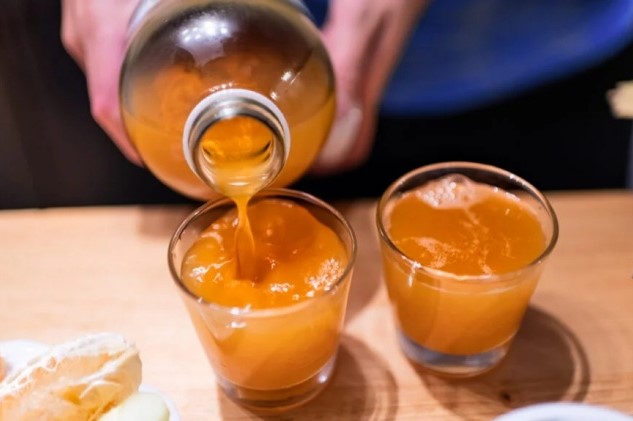When diving into the world of kombucha brewing, your choice of brewing container can significantly impact the flavor and success of your homemade brew. Here’s a comprehensive guide to help you pick the perfect container based on your needs and preferences.

Types of Kombucha Brewing Containers
Understanding the various types of containers available is crucial before making your selection:
Glass Jars
Pros: Glass jars allow easy observation of the fermentation process, which is essential for monitoring SCOBY health. They come in different sizes to suit batch volumes and personal preferences.
Cons: Glass jars are relatively heavy and can break if mishandled.
Ceramic Crocks
Pros: Known for excellent temperature stability, ceramic crocks provide a consistent environment for fermentation and add a traditional aesthetic.
Cons: They are opaque, making it challenging to observe SCOBY without lifting the lid.
Food-Grade Plastic
Pros: Lightweight and less prone to breakage compared to glass. Easy to handle and move.
Cons: Some plastics may retain odors and flavors, and there’s a concern about chemical leaching.
Stainless Steel
Pros: Highly durable, resistant to corrosion, and easy to clean. Less likely to harbor bacteria or odors.
Cons: Not transparent, limiting visibility during fermentation monitoring.
Factors to Consider
When selecting a kombucha brewing container, consider the following factors:
Size: Choose a container size that suits your batch volume and brewing frequency.
Material: Glass is favored for its inert nature, which preserves kombucha flavor integrity.
Shape: Wide-mouthed containers facilitate easier cleaning and SCOBY management.
Transparency: Clear containers allow for easy monitoring of SCOBY health and fermentation progress.
Key Considerations for Each Type
Glass Jars: These are best for beginners due to visibility but are handled with care.
Ceramic Crocks: Ideal for maintaining stable temperatures, though observing SCOBY can be challenging.
Food-Grade Plastic: Lightweight and less fragile, but ensure it’s food-safe.
Stainless Steel: Very durable and sanitary, but lacks visibility.

Conclusion
Choosing the right kombucha brewing container is crucial for ensuring the quality and consistency of your brew. Consider your environment, batch size, and personal preferences when making your decision. Whether you prioritize visibility like with glass or stability as with ceramic, each type offers unique advantages depending on your brewing style and needs.
